Reviews & Articles
1,000 Families
John BATTEN
at 3:10pm on 23rd August 2016
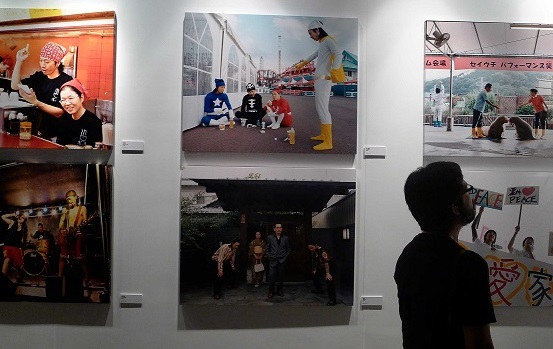
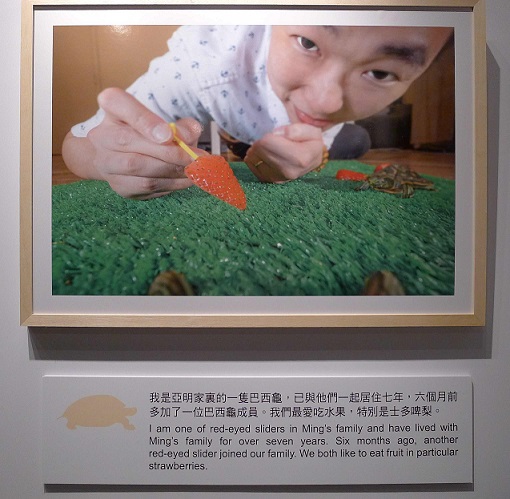
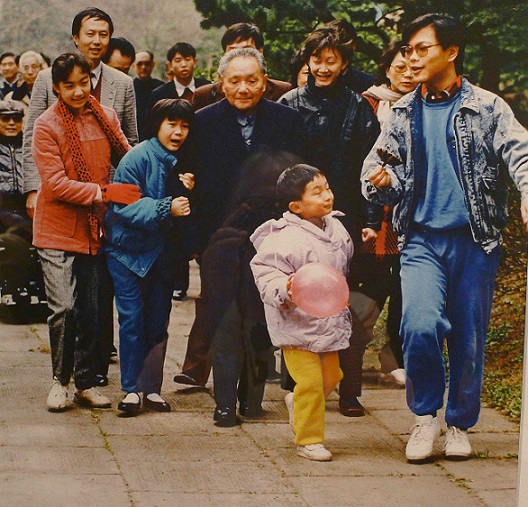
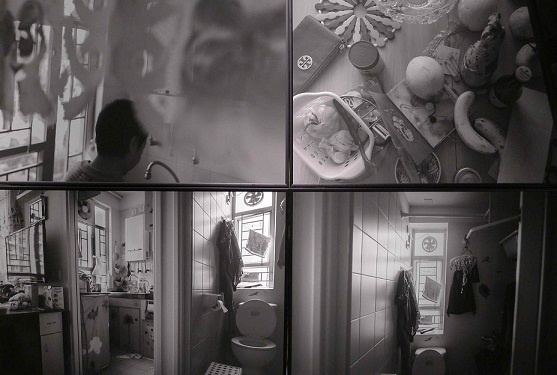
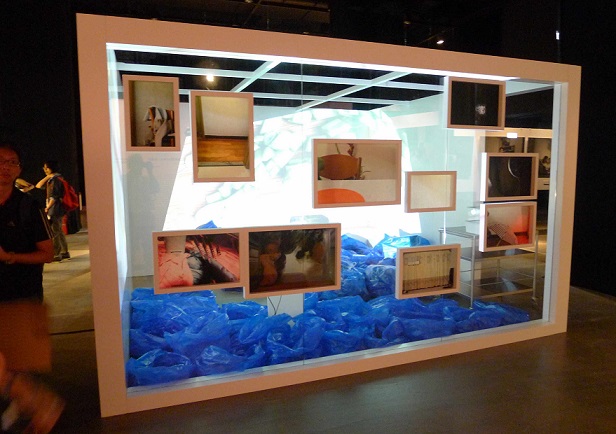
Captions:
1. Masashi Asada, Commemorative Pictures series, installation view, 2004-2006.
2. Chan Kwok Chung, Pets' Human Families series, digital print with printed caption, undated.
3. Yang Shaoming, Joyful Harmony, C-type print, 1991.
4. Joe Lau, One "Family" series, installation view.
5. Doreen Chan, untitled, construction and installation view, with slide projection and photographs, 2016.
(原文以英文發表,評論香港國際攝影節〈千戶〉展。)
After the ravages of World War II and the horrifying realization of Nazi genocide of Jews, Serbs, homosexuals, Gypsies and other innocents and amidst the real fear of a Cold War atomic disaster, Edward Steichen, the respected photographer and curator at New York’s Museum of Modern Art, believed the common universality of ‘humanity’ should be celebrated. Using this as a theme, Steichen’s ambitious The Family of Man photography exhibition showcased 503 photographs by 273 photographers from 68 countries. After the original New York exhibition ended in early 1955, the show toured internationally, sponsored by the United States Information Agency as part of its Cold War propaganda push.
Millions of people saw the exhibition, but not all were admirers. Despite having seven of his photographs in the exhibition, Robert Frank questioned the show’s optimistic worldview and went in search of the real America. Frank’s now-celebrated The Americans, photographed in 1955 and published in 1958, documented the country on trips he made with his wife and children by car. His America showed a raw, multi-layered, diverse USA and was pivotal to the rise of tough street photography in the 1960s and 1970s.
Inspired by Steichen’s original The Family of Man, the current Hong Kong International Photo Festival’s highlight exhibition 1,000 Families has a similar ‘feel good’ intention and depicts “the family” through the lens of thirteen photographers. The curators, Bobby Sham and Blues Wong, take a liberal definition: “family is defined differently by everyone – happiness, the ability to love and be loved, and wonderful memories can all be elements that make up ‘family.’” So, “happiness, love and memory” become categories in the exhibition and each photographer is placed in a section. This is unnecessary: the exhibition is not large and each photographer has these elements in their work anyway.
Despite an embracing definition of “family”, the exhibited examples of family are generally conservative. The cultural diversity of Hong Kong, with communities of Indonesian, Filipino, Indian, Pakistani, Nepali and other nationalities is unseen. A diversity of family composition is also generally missing. The nuclear and extended family dominates and the stories of single parents and the LGBT community are unheard. Likewise, family life is generally presented as middle-class, despite research showing that 25% of Hong Kong people live in poverty.
With these omissions, 1,000 Families, unlike Steichen’s original in its post-War context, lacks great inspiration. And, like Robert Frank’s reaction, hopefully motivates the city’s photographers to depict, even more than they already do, a grittier Hong Kong. But, away from the family-themed-group-exhibition format, the exhibited photographers each show considered projects. Masashi Asada presents the only humorous presentation of the show. Producing ‘commemorative pictures’, Asada and his family take holidays together and then rent different spaces “for shooting, (we then) choose each other’s costumes, decide on the situation, before taking the pictures.” We see Asada, his brother and parents in different set-piece guises: a rock band, fire fighters, yakuza boss and gang, peace demonstrators, and relaxing hospital patients. These images get closest to life’s happy absurdities – they are thoroughly enjoyable.
Chan Kwok Chung’s Pets’ Human Families are silly images of photographs shot from a pet’s point of view, accompanied by the pet’s spoken comment about the owner; for example, “I am one of the fish in Jackson’s family’s fish tank. Jackson sees me as his companion.” We see a fish, the tank and a smiling young Jackson. With curatorial assistance, Chan’s images and captions could have been, like Asada’s, an ironic/funny commentary on family life rather than just being silly.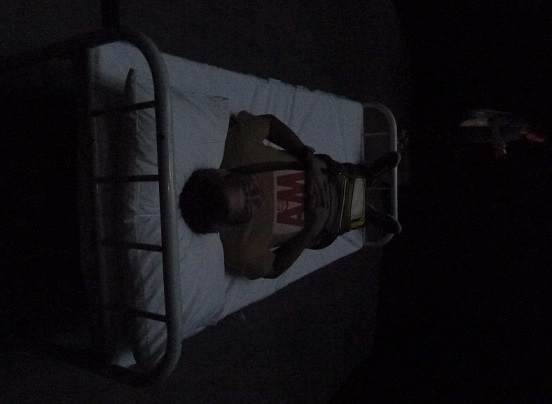
Chan Dick, Afterglow, installation view of visitor lying on bed to view slide projection, 2016.
Doreen Chan Wing Yan’s installation about her relationship with her mother comprises an evocative poem ("Holding one’s breath / To live as if to remember / For so long so long….") and changing projected images of daily scenes, food and objects within a room of accumulated possessions in plastic bags. Rather than being resolved ideas, it felt as it looked: a tentative series of images. Again, the advice of the curators should have made this a tighter visual idea. In contrast, the successful simplicity of Chan Dick’s Afterglow installation is an honourable memory to his father. A bed is placed in a darkened room. The audience may lie on the bed to view a slideshow of dreamy photographs, accompanied by plaintive music, with a final shot of Chan’s father. Outside the room is a box of possessions as memorial: a tie, a pager, a plastic food container and shaving gear.
The inclusion of photographs of former Chinese leaders with their families takes a cue from the propaganda aspects of The Family of Man. Photographed by Xinhua photographer Yang Shaoming – who is also the son of Yang Shangkun, former President of China: and this information is not given in the exhibition – the images do unintentionally depict an aspect of the exhibition: family privilege.
Joe Lau’s One “Family” is a refreshingly alternative photo essay of single people and their living spaces. And, he critically tackles those living alone – and anyone estranged from family by asking: ”Should ‘family’ or ‘home’ be simply where the heart is?”
Link for further information:
1000 Families @ Artistree
A version of this review was originally published in South China Morning Post on 28 August 2016.
